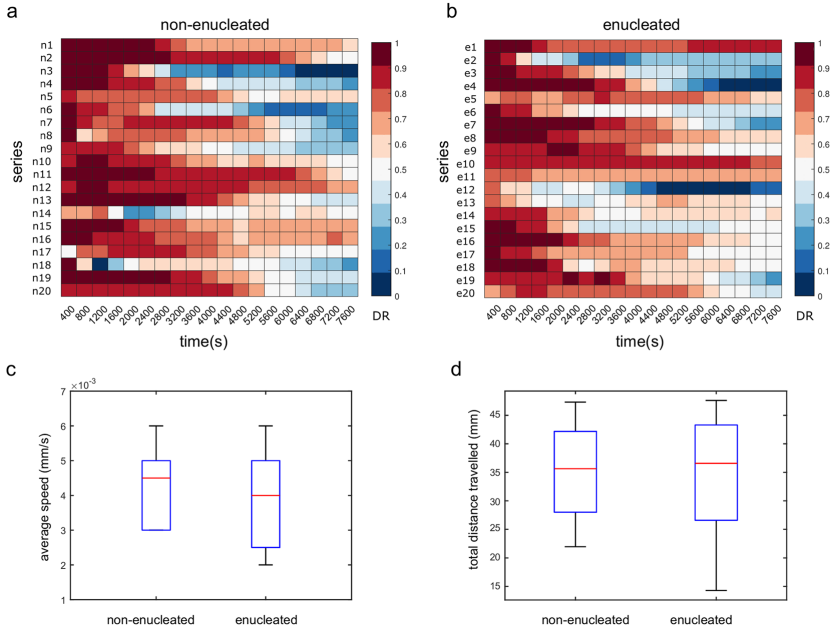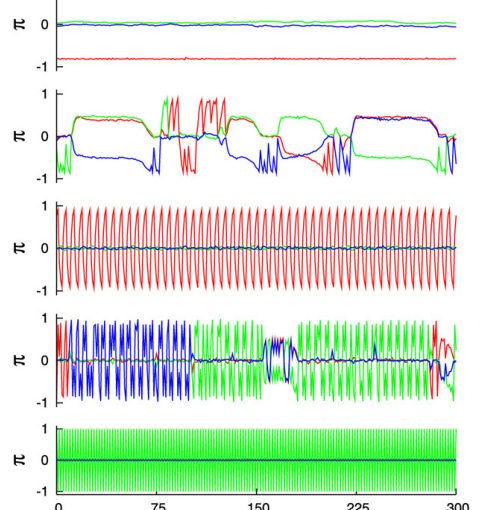Ildefonso M. De la Fuente, Carlos Bringas, Iker Malaina, Benjamin Regner, Alberto Pérez-Samartín, María Dolores Boyano, María Fedetz, José I. López, Gorka Pérez-Yarza, Jesus M. Cortes and Terrence Sejnowski. The nucleus does not significantly affect the migratory trajectories of amoeba in two-dimensional environments Scientific Reports 9:16369, 2019 [pdf]
Abstract
For a wide range of cells, from bacteria to mammals, locomotion movements are a crucial systemic behavior for cellular life. Despite its importance in a plethora of fundamental physiological processes and human pathologies, how unicellular organisms efficiently regulate their locomotion system is an unresolved question. Here, to understand the dynamic characteristics of the locomotion movements and to quantitatively study the role of the nucleus in the migration of Amoeba proteus we have analyzed the movement trajectories of enucleated and non-enucleated amoebas on flat two-dimensional (2D) surfaces using advanced non-linear physical-mathematical tools and computational methods. Our analysis shows that both non-enucleated and enucleated amoebas display the same kind of dynamic migration structure characterized by highly organized data sequences, super-diffusion, non-trivial long-range positive correlations, persistent dynamics with trend-reinforcing behavior, and move-step fluctuations with scale invariant properties. Our results suggest that the presence of the nucleus does not significantly affect the locomotion of amoeba in 2D environments.





